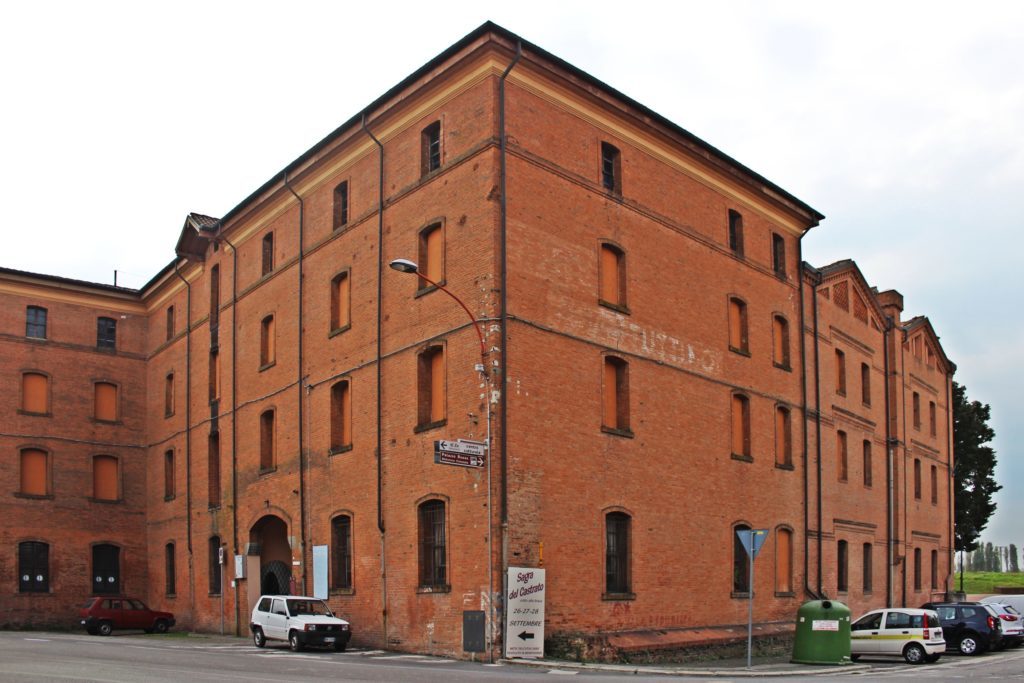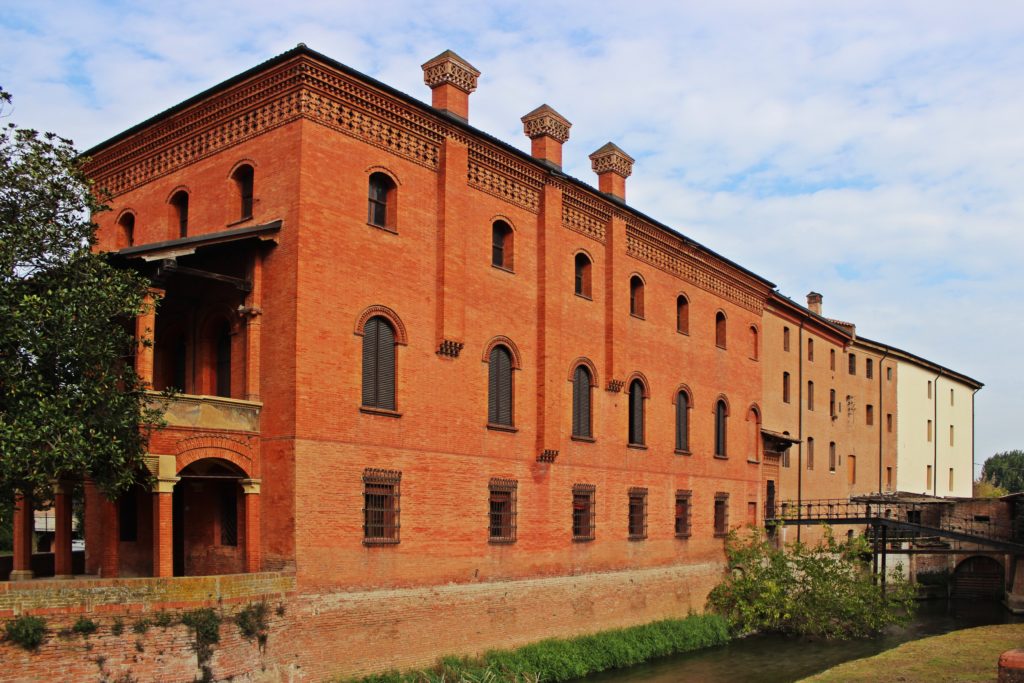I was first exposed to the Mulino Pizzardi, or the Pizzardi flour mill, three years ago on the occasion of its first “official” opening after having been closed for 40 years. It was not an occasion for the public, but rather for volunteers who came to clean the building. The aim of the Municipality of Bentivoglio, the small village in the plain north of Bologna which owns the mill, is to restore it over the next few years and to reopen it as a tourism attraction. Thanks to the association Amici delle vie d’acqua e dei sotterranei di Bologna, that takes care of the hydraulic and underground heritage of Bologna, the Pizzardi mill is slowly but steadily recovering from a hibernation that started in 1977 after more than 600 years of activity.
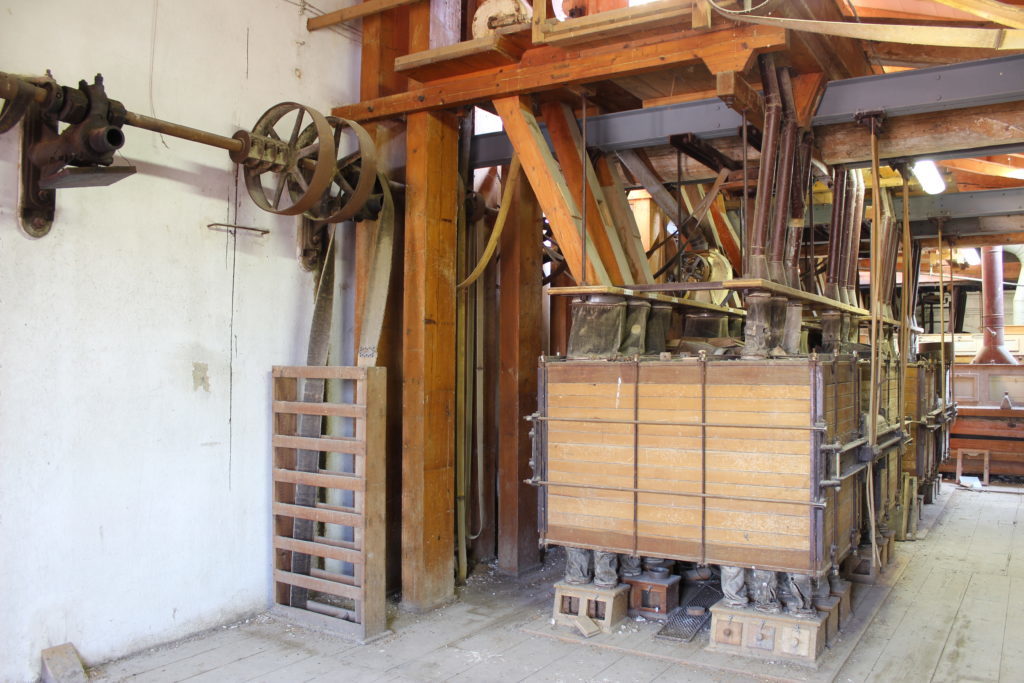
The Pizzardi mill was founded in 1352 by the Lambertinis, an important noble family that would, in the 17th century, spawn pope Benedict XIV. It is located on the Navile, an artificial canal that used to link the harbour of Bologna with the Reno and Po rivers. The canal was a key transport route during the 14th century, and a bridge that allowed crossing over the canal, Ponte Poledrano, was located near the mill. To better control this strategic point, located at the border with the Duchy of Ferrara, the government of Bologna erected a defense fortress in 1390. The mill’s ownership changed to the Bentivoglios, the ruling family of Renaissance Bologna, in 1441. Locals still consider them a sort of “signoria,” like the Este from Ferrara, the Gonzaga from Mantua or other famous families who ruled leading Italian towns of the time. The Bentivoglios took over the mill and the nearby castle fortress after defeating the previous owner, the rival family of Canetoli who owned it after the Lambertinis. Giovanni II Bentivoglio, who ruled Bologna between 1463 and 1506, transformed the fortress into a luxurious residence, a proper countryside castle for a Renaissance signoria. During this time, the mill enjoyed its first period of splendor, feeding the appetites of the noble guests at the Castle of Ponte Poledrano. It also played a political role, as Bentivoglio produced inexpensive bread here in order to calm down the protests in the city during periods of famine.
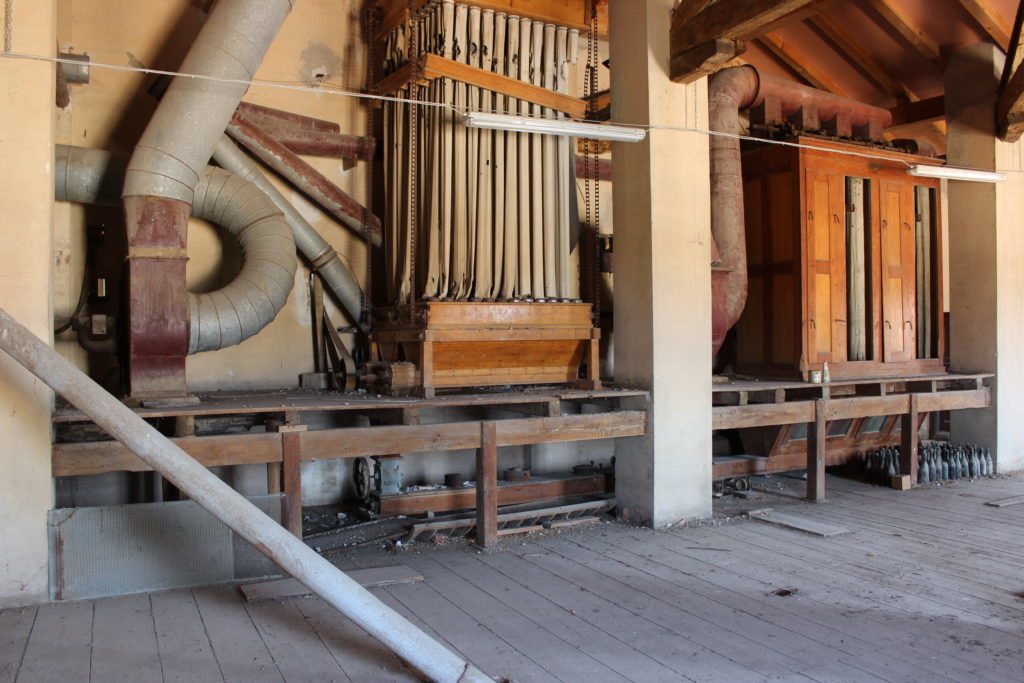
In 1506, Giovanni II and his family were forced to leave Bologna after pope Julius II besieged the city and put it back under the rule of the Church State. Goods and properties of the Bentivoglios were seized and some of them, such as their beautiful palace in the city centre, was destroyed by a furious crowd. With the death of Julius II in 1513, the family was allowed to return to Bologna and take back their properties, which included Ponte Poledrano. Neither the castle nor the mill ever managed to relive its previous glory however, and they fell into oblivion for the next three centuries.
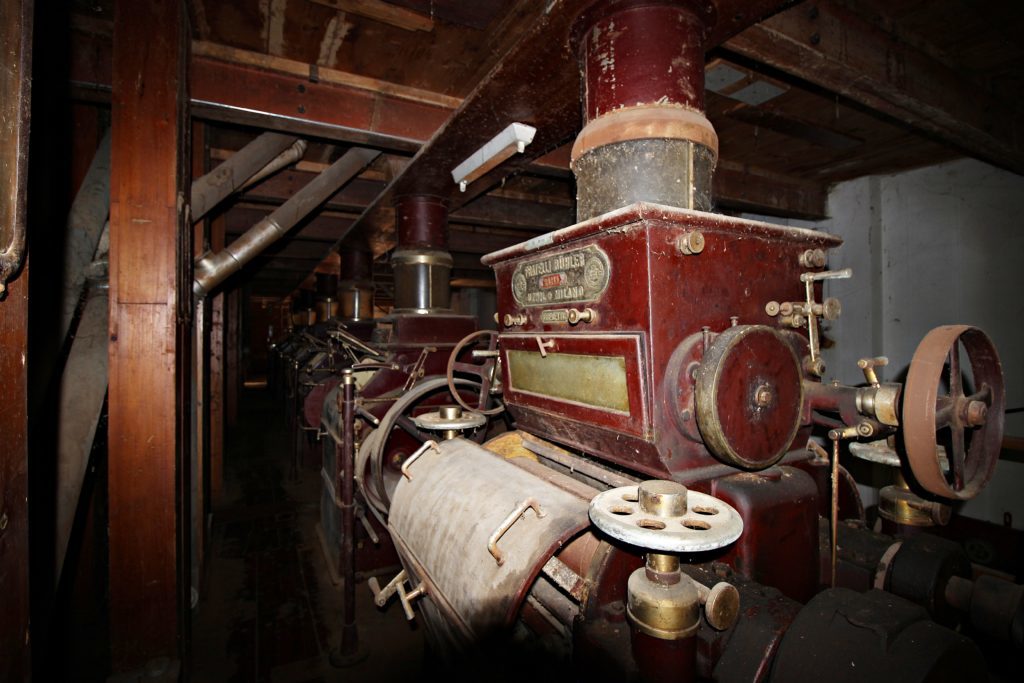
From here, we jump directly into the industrial revolution of the late 19th century. The mill (including the castle, transformed into a modern farm estate) came under the new ownership of the Pizzardi family in 1817. In the late 1880s, Carlo Alberto Pizzardi decided to refurbish the old mill, mostly unchanged since the Middle Ages. He commissioned a famous equipment company of the time, Calzoni, to transform it from a classic stone grinder mill into a vertical modern roller mill. A new three-storey building was built to contain the brand-new production equipment made of turbines, sieves, filters, purifiers and other typical machines. The mill was included into a bigger complex – the Pizzardi country residence. Its art-nouveau architecture was designed by Alfonso Rubbiani, the architect and urban planner who shaped the neo-medieval look of the historic Bologna, which is today much appreciated by both locals and tourists alike. The inner rooms, including the so-called “Zodiac Room” which is a reproduction of a natural landscape stretching from under the water of the local swamps all the way to the sky, were painted by Augusto Sezanne. The residential building, called “Palazzo Rosso”, together with the Mulino Pizzardi, forms a single ensemble: a unique combination of industrial architecture and art-nouveau style.
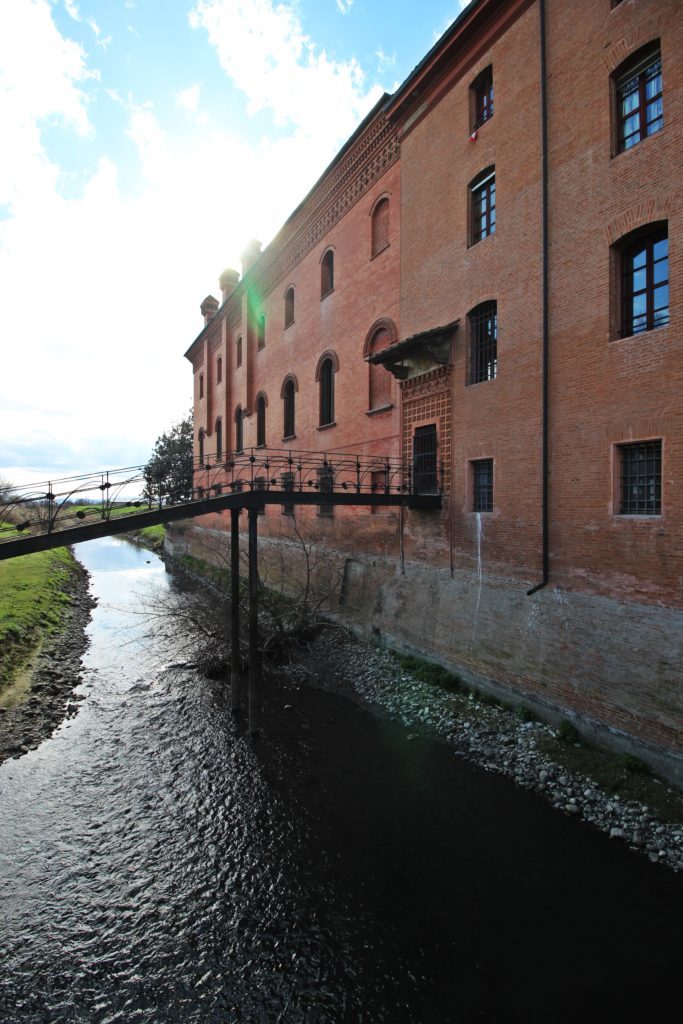
Besides its history and architecture, what makes this monument special is that it preserves all of the machinery from the 19th and 20th centuries. This is an absolute rarity as abandoned factories are usually deprived of their equipment, which is either sold to make money or, even worse, stolen. Luckily, this is not the case of our mill and it still stands to bear testimony to antique milling technology, although a lot of work still needs to be done before it can be called a proper museum.
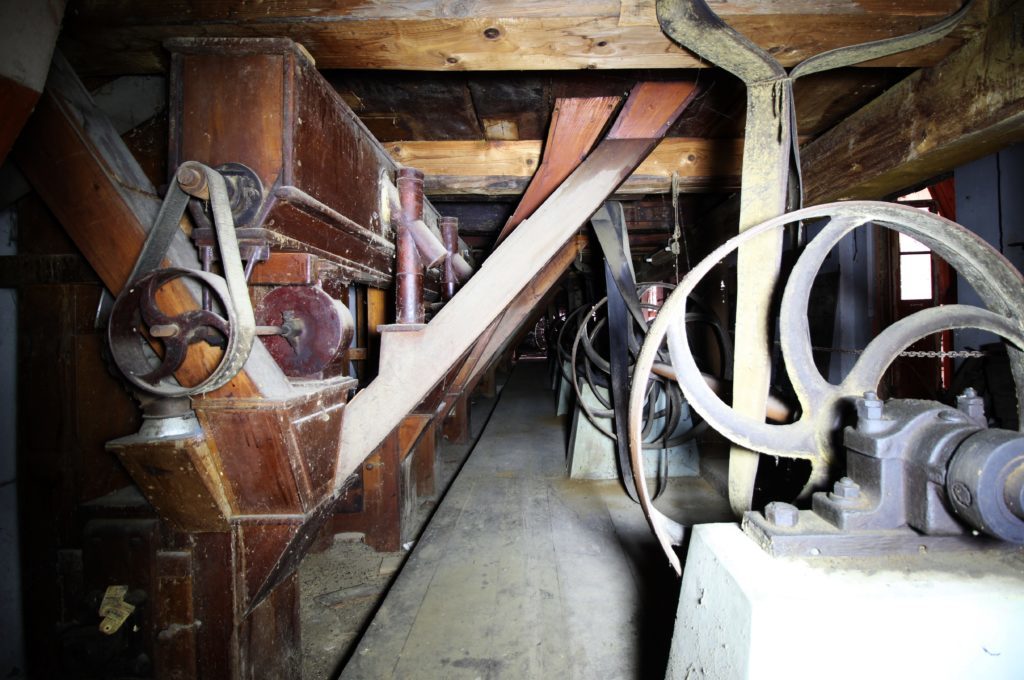
Nevertheless, thanks to the effort of volunteers, the mill has been cleaned and got some minor repairs. Far from a complete restoration, this allows the structure to host guided tours organized by the aforementioned Amici delle Acque. These tours have proved very successful, with several groups of up to 20 visitors in a day, fully booked many days in advance. This is a strong motivational factor to pursue the restoration work, and it also serves those engaged in promoting industrial heritage to see how much interest the mill arouses.
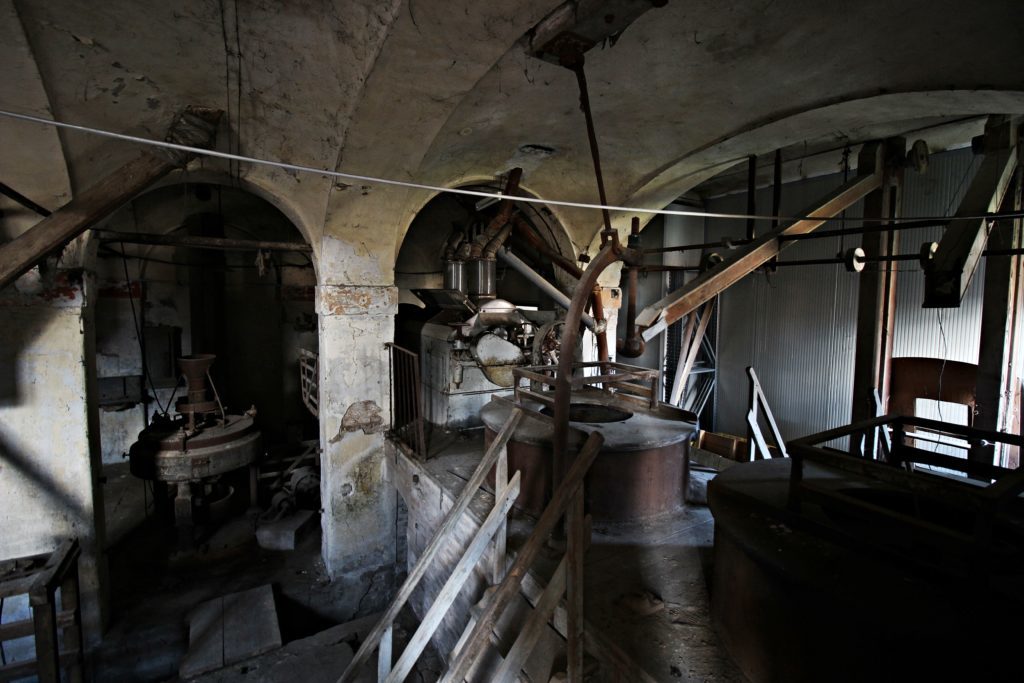
A new industrial tourism attraction has been created by the combined efforts of the Municipality of Bentivoglio and the volunteers of Amici delle Acque. It is a project that is still a work-in-progress, but the good will of the local government and the contribution of civil society are a guarantee for success. If you are wandering around Bologna and looking for something different, enjoy a visit inside this gem of industrial heritage. Just be sure to book your tour in advance!
